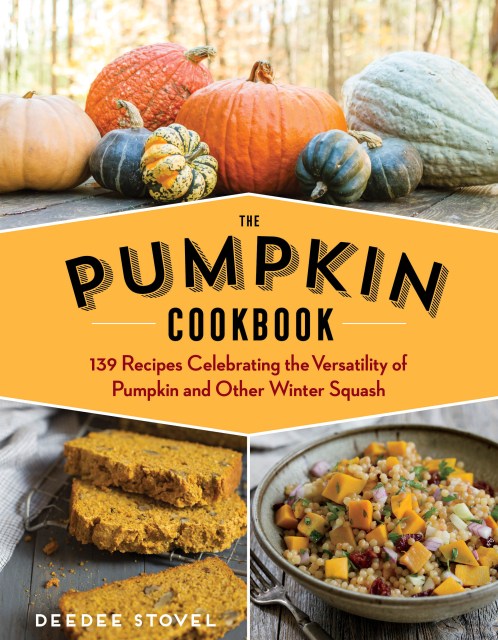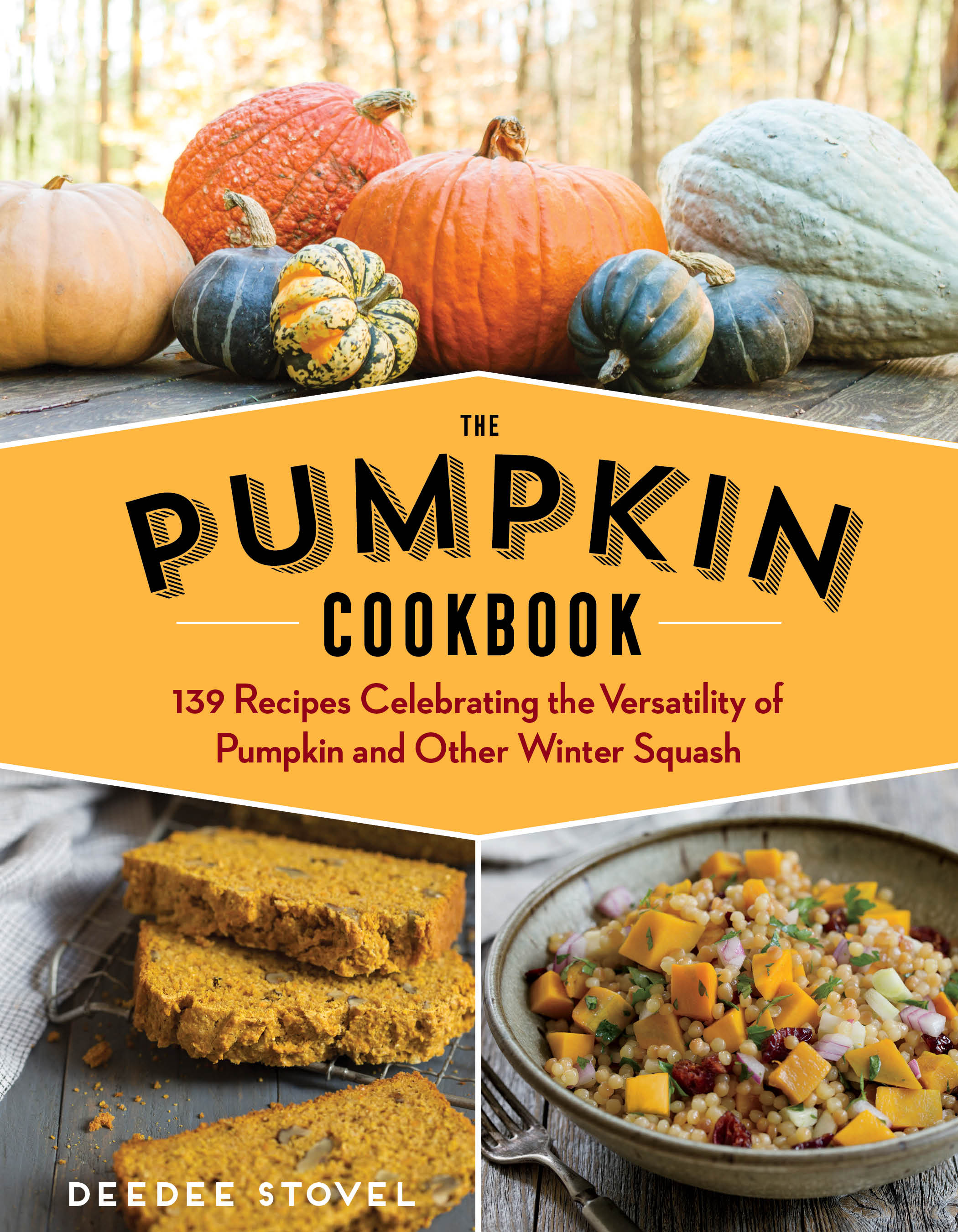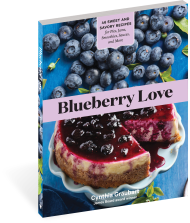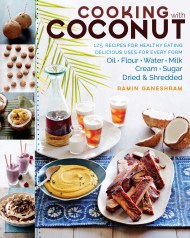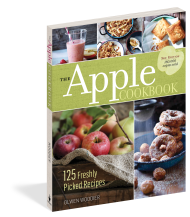Promotion
Use code MOM24 for 20% off site wide + free shipping over $45
The Pumpkin Cookbook, 2nd Edition
139 Recipes Celebrating the Versatility of Pumpkin and Other Winter Squash
Contributors
Formats and Prices
Price
$11.99Price
$15.99 CADFormat
Format:
- ebook $11.99 $15.99 CAD
- Trade Paperback $16.95 $22.95 CAD
This item is a preorder. Your payment method will be charged immediately, and the product is expected to ship on or around July 11, 2017. This date is subject to change due to shipping delays beyond our control.
Also available from:
From Currant-Pumpkin-Oat Scones to Chicken-Pumpkin Tacos, Pumpkin-Filled Ravioli with Fried Sage, Ginger-Pumpkin Ice Cream, and of course (seven!) pies, this comprehensive cookbook reminds us that the iconic symbol of fall is so much more than jack-o’-lantern material. These 139 recipes offer diverse and delicious options for enjoying pumpkin and other winter squash, such as butternut, acorn, and kabocha, year-round. With recipes for many forms of pumpkin, including both fresh and canned pumpkin puree, and inspired by world cuisines, the versatility of this superfood shines through in snacks, drinks, salads, soups, main dishes, and desserts.
Genre:
- On Sale
- Jul 11, 2017
- Page Count
- 248 pages
- Publisher
- Storey
- ISBN-13
- 9781612128344
Newsletter Signup
By clicking ‘Sign Up,’ I acknowledge that I have read and agree to Hachette Book Group’s Privacy Policy and Terms of Use
